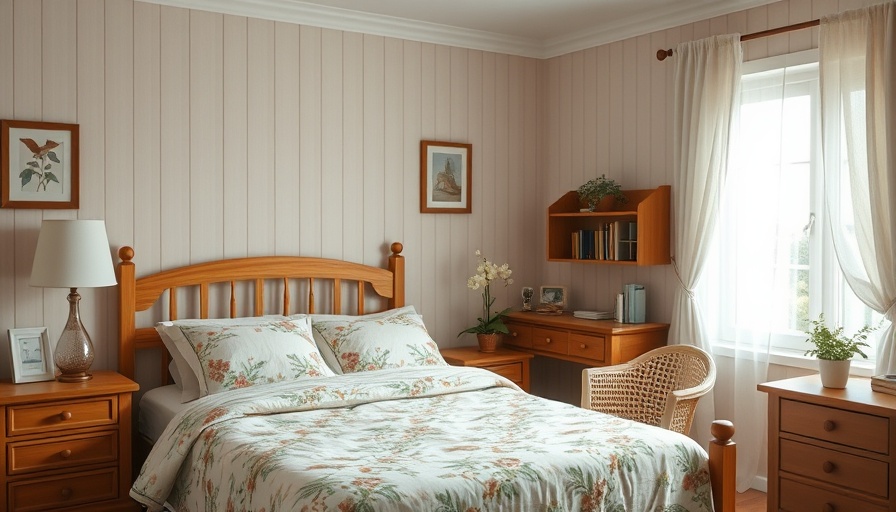
The Future of Office Spaces: Redefining the Experience
As workplaces evolve in response to the changing dynamics of employment, facility executives are increasingly caught in a balancing act. They must ensure that the office environment appeals to current workforce expectations while promoting sustainable and healthy practices. This transformation is pivotal, as organizations strive to secure certifications like WELL and LEED, which are becoming essential benchmarks in the quest for talent retention and attraction.
Creating Health-Conscious Workspaces
Integrating wellness strategies is no longer just an optional enhancement; it is a requisite. The contemporary office must now include features like wellness stations, which provide easy access to hydration, as well as healthy food options and fitness facilities. These thoughtful additions not only contribute to employee satisfaction but also foster an overall culture of health and productivity. As emphasized by Ambar Margarida of Spacesmith, facilities need to rethink their layouts to create flexible, inviting workspaces that prioritize occupant health.
Emphasizing Natural Elements for Well-Being
Natural lighting plays a critical role in enhancing the occupant experience. Research shows that access to sunlight can contribute to improved mood and energy levels among employees. Redesigning office spaces to introduce more windows and open areas can help reduce the sense of confinement many employees feel. This embraces an environment that fosters creativity and collaboration, making it essential in a world where innovation is paramount.
Rethinking Office Layouts
Another significant shift is the move towards unassigned seating. This model not only addresses the need for space optimization but also encourages collaboration across teams. It breaks down silos and allows employees to interact more fluidly, reflecting modern teamwork dynamics. However, the challenge remains to design these spaces effectively, ensuring comfort and accessibility for all employees.
Beyond Aesthetic: The Psychological Impact
The overall design of an office directly impacts employees’ mental health. Spaces that prioritize comfort, accessibility, and safety not only enhance productivity but also reduce stress levels. Facility executives must consider furniture ergonomics, the warmth of interiors, and noise levels to create a sanctuary where employees can thrive.
Responding to Emerging Trends in Office Design
The evolution of workplace amenities is not merely about aesthetics; it is a reflection of a broader trend towards employee-centric design. In the post-pandemic era, workers are becoming more vocal about their needs from their employers, leading to a transformative era in office design. Workplace strategies must adapt to these evolving expectations, placing wellness at the forefront.
Ultimately, rethinking office amenities and layout is not just about making a good impression but about creating a supportive framework for productivity and employee satisfaction. As the workplace landscape continues to shift, facility executives must lead the charge in implementing changes that facilitate well-being and operational efficiency.
 Add Row
Add Row  Add
Add 




 Add Row
Add Row  Add
Add 

Write A Comment